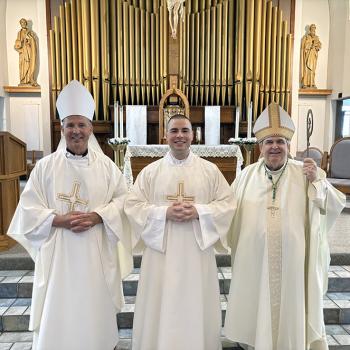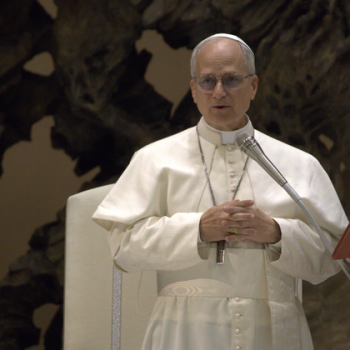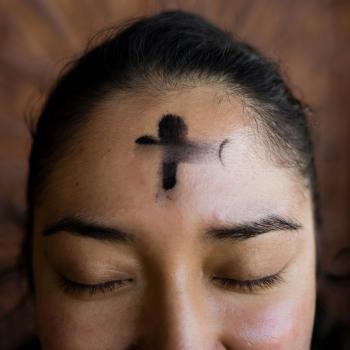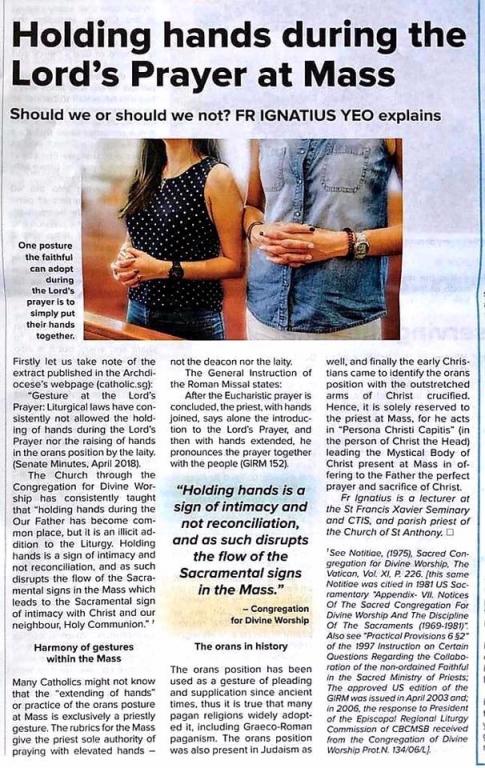There is a misconception among many Catholics today that the impiety they see around themselves is a new thing, and it is the result of liturgical changes which happened after Vatican Council II. Of course, this line of reasoning makes no sense. If liturgical changes are what have caused impiety, what is the cause for the liturgical changes themselves? While it is important to have a good, pious form of liturgy, it is not sufficient in itself to make Catholics act and think appropriately. After all, even after Trent, when the Tridentine Liturgy was all but normalized for the West, all kinds of heresies and impieties came out of Catholic circles. The liturgy didn’t stop them. More importantly, as the history of liturgy shows, there are many ways to have good, pious forms of liturgy, and many ways to celebrate the liturgy with impiety. It is not merely a feature of modern day liturgy to have abuses; it is a feature of liturgy throughout all time to have a human component to them, with all kinds of abuses coming out of that humanity.
I was looking through the book, The Amazing Father Lindesmith, about the first priest to be born in Ohio. One of the rules he encountered in seminary was more than a little interesting: “By respect for the Blessed Sacrament they will avoid to spit on the floor or carpet of the chapel.”[1] If this had to be said to seminarians, who would be expected to have a greater piety than ordinary laity, we can only imagine the way the ordinary person acted while in a church. Nothing has changed. It has always been like this. Indeed, in the medieval era, the sense of piety was so much different, that many things people are concerned about today as great impiety would have been thought of as nothing. We have turned worship and liturgical life into a technique, instead of a way of life, a way of life which makes room for real life.
I fear too many people who like the Tridentine Liturgy think it causes people to think and act like themselves. This is perhaps the greatest manifestation of the idea of liturgy as technique as possible. Liturgy, worship must never be seen in this light. Indeed, the problem we can see here is that they see those who go to a Tridentine liturgy are people like themselves, coming to it with common interests and desires, confusing this commonality as being caused by the liturgy. They have everything reversed.
It is for this reason I think that those who are fighting for a previous form of liturgical life as being restored in the West, to be used as the normative, universal liturgy are not fighting for something that will be beneficial for the average Catholic. As Nicholas of Cusa observed, liturgical practices suit the needs of the time. To fight against the liturgy is to fight against providence. This is not to say there is not to be liturgical development or changes, but such changes must move forward, not backward. It is not that liturgy has progressed, as much as needs change (sometimes for the better, often for the worse). We might not appreciate the common form of liturgy over another form, which is fine. But we need to realize that the common form is given not for ourselves alone, but for the whole of the Church.
[1] Msgr. James R. Kolp, The Amazing Father Lindesmith, Chaplain in Indian Country (Canton, OH: St Raphael Center, 2004), 23.
















